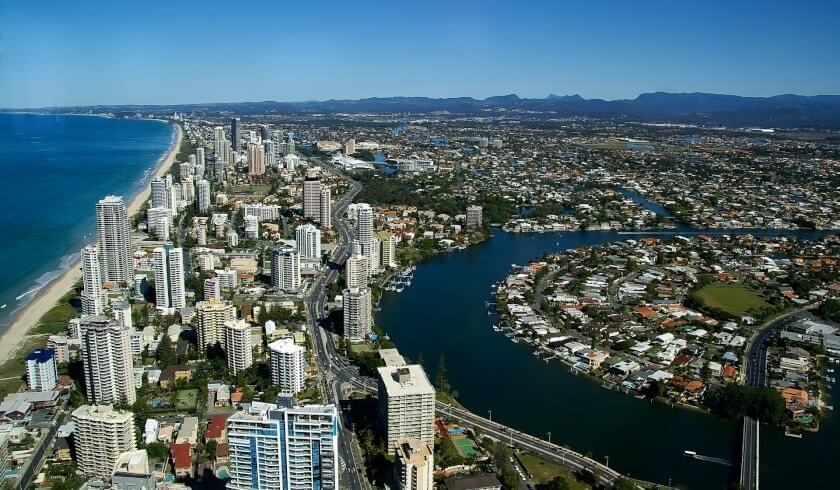Regional markets will outperform capital cities in 5 years, says expert
In just five years from now, the best performing markets in Australia will be in the regional areas, and investing in them will come at no greater risk, one expert has claimed.

Propertyology’s Simon Pressley said that a lot of Australians hold the perception that investing in regional areas means having to deal with more risks, but this may no longer be true.
He said that, fundamentally, all markets carry a certain level of risk, but regional markets have moved, and continue to move, in the right direction over past cycles.
“The best performing markets will be throughout regional Australia — there will be some that will perform exceptionally well,” Mr Pressley said.
Regional hubs
In contrast with tiny regional towns, the markets that will rise in the near future are those that he refers to as “regional hubs”. These are areas with a diversified economic base as opposed to one-industry towns — a “mini capital city”.
“There are a number of regional cities that actually play the role of a mini capital city and they service the smaller towns that might have a population of 5,000 to 10,000. There could be half a dozen or a dozen within a region.
“They’ve got all the essential infrastructure that a capital city has got, a diverse economy. It’s just a smaller scale of it, and literally, there would be 30 of those locations. They’re in every state.”
Mr Pressley said that the thing these regional hubs offer that capital cities don’t is affordable housing, which balances the level of supply and demand.
He said that properties in regional Australia can go as low as $200,000 and do not usually exceed $500,000.
Asia’s food bowl
Mr Pressley added that aside from the growth of regional hubs, Australia’s reputation as “Asia’s food bowl” also contributes to the rise of regional markets. The growing food industry has led to the gentrification of many regional areas — more people, more infrastructure, more jobs.
When choosing a place to invest in, the managing director said, consider where the most in-demand products are processed and manufactured because this is where economic growth drivers are most active.
“That doesn’t mean that people should rush in and buy farms, but thinking about what that term means — what food are we talking about and where are the jobs? Where are the factories that are processing this food? Where are the abattoirs?”
“There’s no farms in capital cities. We’ve heard a lot recently about free trade agreements, the TPP, and the enormous boost this is going to give the Australian economy. Is that going to benefit capital cities, you think? We think not.
“There’s also universities that are expanding in parts of regional Australia, which create jobs.”
This economic upturn also boosts tourism in regional areas, according to Mr Pressley. Regional airports are now being built or renovated, and there are now more direct flights by regional airlines to big cities like Sydney, Melbourne and Brisbane.
“This is really the Asian century. It’s not just going to hang around for a year,” the MD said.
What will happen to capital cities?
Despite his prediction, Mr Pressley believes that regional Australia’s bright future will not totally eclipse that of the capital cities’.
Sydney has had seven consecutive months of price declines while Melbourne had three, but these markets are only expected to go flat instead of totally crashing.
“I’m not alright when thinking about the two big capital cities are going to crash. Their economies are too strong,” the MD said.
“But the supply is significant and there comes a point in time when those who can afford to buy have all done so. I think that’s where we’re at in the two biggest markets.”
He said that market growth often comes every seven to 12 years, so Sydney’s and Melbourne’s markets may stay flat for a while, but their strong economies will most probably block any significant declines.
Meanwhile, Brisbane, Australia’s third largest city, has barely taken off after the GFC and has seen a 10 per cent dwelling price growth in 10 years. Perth has also gone backward by 6 per cent over the past decade, Mr Pressley said.
He predicts that nothing much will change in Brisbane, as well as in Canberra and Adelaide, while Hobart will continue with its upward movement.
Tune into Simon Pressley’s Q&A episode on The Smart Property Investment Show to know more about his predictions on the best performing investment markets in the coming five years based on recent property trends.
